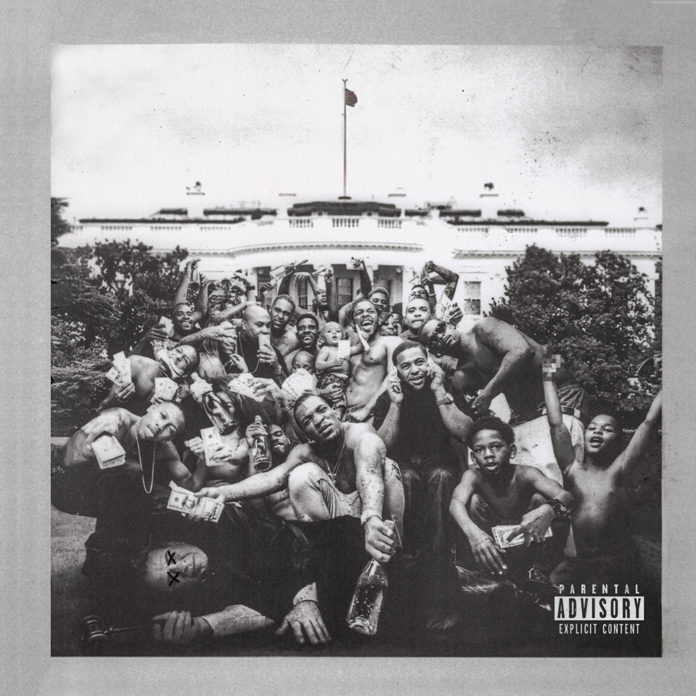Kendrick Lamar’s To Pimp a Butterfly is widely regarded as one of the most impactful albums of the 21st century, blending genres like hip-hop, jazz, and funk with profound social commentary. While its themes of racial identity, inequality, and personal reflection are well-known, there are lesser-known facts that shaped the creation and legacy of this groundbreaking record. Let’s dive into five fascinating, hidden aspects of To Pimp a Butterfly that you might not have heard before.
1. The South African Inspiration
Kendrick Lamar’s visit to South Africa had a profound impact on the creation of To Pimp a Butterfly. After visiting Nelson Mandela’s jail cell on Robben Island, Lamar scrapped “two or three albums worth of material” and reoriented the project. The experience fueled the album’s themes of racial inequality, personal introspection, and African-American cultural history, turning it into a deeply political and personal masterpiece.
2. Prince Almost Collaborated on the Album
During the recording of To Pimp a Butterfly, Kendrick Lamar nearly collaborated with the legendary Prince. Though they spent time in the studio together, the duo ran out of time and couldn’t complete any work for the album. However, Prince’s influence is still felt in the album’s eclectic blending of funk, jazz, and soul, making it an even more layered project.
3. David Bowie’s Blackstar Was Influenced by the Album
Lamar’s boundary-pushing artistry extended beyond the hip-hop world, influencing none other than David Bowie. While working on his 2016 album Blackstar, Bowie and his producer Tony Visconti were inspired by To Pimp a Butterfly. They admired how Lamar fused various genres, like jazz and funk, into a hip-hop record. Bowie sought to replicate that same open-mindedness and genre-blending approach on his final album.
4. The Concept Was Originally Linked to Tupac
The album’s title underwent a key change during its development. Originally, Lamar planned to call it Tu Pimp a Caterpillar as a nod to Tupac Shakur, with the initials spelling “T.U.P.A.C.” However, he later changed the title to To Pimp a Butterfly, symbolizing the beauty and struggle of transformation and growth, while retaining the powerful social messages.
5. The Unseen Contributions of Bilal
While Bilal is credited for his vocals on tracks like “These Walls” and “Institutionalized,” his influence runs even deeper. He provided uncredited backing vocals on several tracks, including “U,” “Momma,” and “For Sale? (Interlude).” Much of his input was improvised in the studio, adding layers of richness and texture to the album’s already complex sonic landscape.







